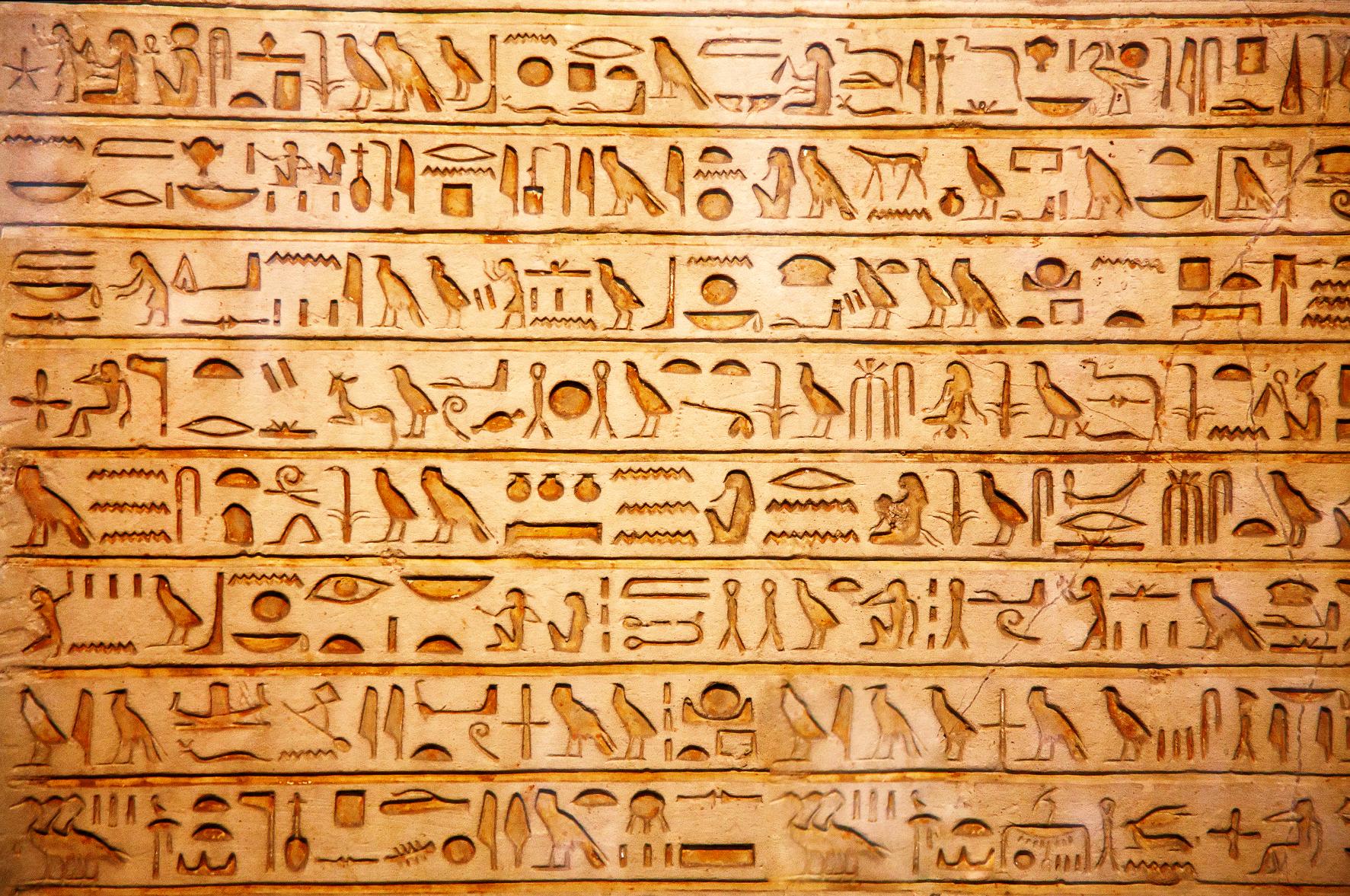
Subreport: com.simiacryptus.mindseye.art.examples.AnimatedRotorEC2%24_17b7d40a-b317-4a19-a25c-0e3da1fdbd84_log_com.simiacryptus.ref.lang.ReferenceCountingBase
Code from AnimatedRotor.scala:71 executed in 0.00 seconds (0.000 gc):
() => {
implicit val implicitLog = log
// First, basic configuration so we publish to our s3 site
log.setArchiveHome(URI.create(s"s3://$s3bucket/$className/${log.getId}/"))
log.onComplete(() => upload(log): Unit)
ImageArtUtil.loadImages(log, styleUrl, (maxResolution * Math.sqrt(magnification)).toInt).foreach(x => log.p(log.jpg(x, "Input Style")))
log.p(log.jpg(ImageArtUtil.loadImage(log, contentUrl, maxResolution), "Input Content"))
def frames = keyframes * 2 - 1
val canvases = (1 to frames).map(_ => new RefAtomicReference[Tensor](null)).toList.toBuffer
// Execute the main process while registered with the site index
val registration = registerWithIndexGIF_Cyclic(canvases.map(_.get())
.filter(_ != null)
.map(t => {
val kaleidoscope = getKaleidoscope(t.getDimensions)
val result = kaleidoscope.eval(t)
kaleidoscope.freeRef()
val tensorList = result.getData
result.freeRef()
val transformed = tensorList.get(0)
tensorList.freeRef()
transformed
}))
try {
animate(
contentUrl = contentUrl,
initUrl = initUrl,
canvases = canvases,
networks = (1 to frames).map(f => f.toDouble -> {
new VisualStyleNetwork(
styleLayers = List(
// We select all the lower-level layers to achieve a good balance between speed and accuracy.
VGG19.VGG19_1a,
VGG19.VGG19_1b1,
VGG19.VGG19_1b2,
VGG19.VGG19_1c1,
VGG19.VGG19_1c2,
VGG19.VGG19_1c3,
VGG19.VGG19_1c4,
VGG19.VGG19_1d1,
VGG19.VGG19_1d2,
VGG19.VGG19_1d3,
VGG19.VGG19_1d4
),
styleModifiers = List(
// These two operators are a good combination for a vivid yet accurate style
new GramMatrixEnhancer(),
new MomentMatcher()
),
styleUrls = Option(styleUrl),
magnification = magnification,
// Our optimization network should be built with a kaliedoscope appended to the canvas
viewLayer = dims => getKaleidoscope(dims.toArray)
)
}).toList.toBuffer,
optimizer = new BasicOptimizer {
override val trainingMinutes: Int = 60
override val trainingIterations: Int = 10
override val maxRate = 1e9
// The canvas result should be processed by the kaliedoscope
override def renderingNetwork(dims: Seq[Int]) = getKaleidoscope(dims.toArray)
// By default, we use a trust region that constrains the canvas pixel values from 0-256.
// This conflicts with using a kaliedoscope, whose output is bounded and input may be out of that range.
override def trustRegion(layer: Layer): TrustRegion = null
},
resolutions = new GeometricSequence {
override val min: Double = minResolution
override val max: Double = maxResolution
override val steps = AnimatedRotor.this.steps
}.toStream.map(_.round.toDouble),
renderingFn = (dims: Seq[Int]) => getKaleidoscope(dims.toArray))
null
} finally {
registration.foreach(_.stop()(s3client, ec2client))
}
}
com.simiacryptus.mindseye.art.examples.AnimatedRotor$$Lambda$368/1495889844@3afbf53b